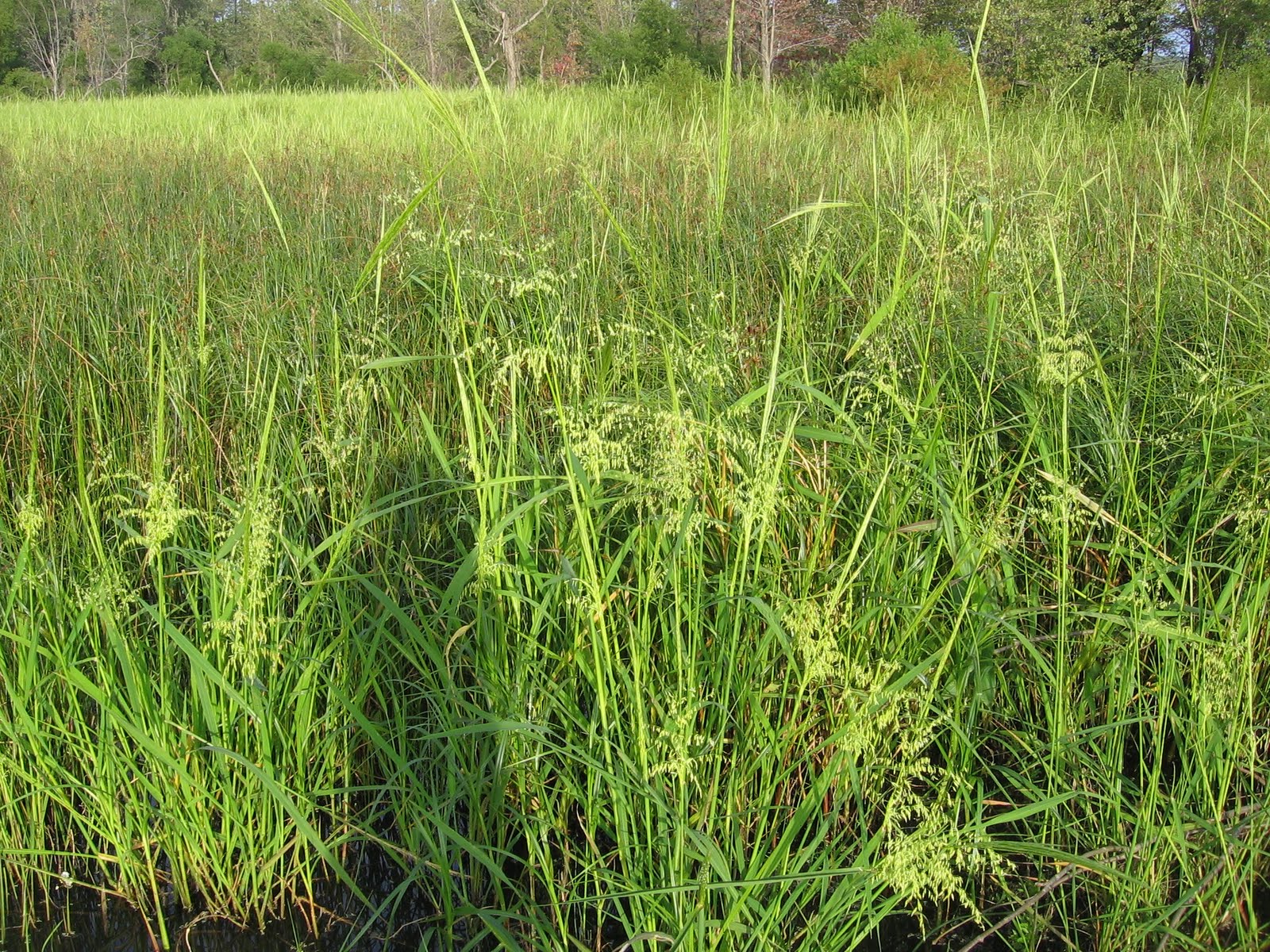Wild rice, a staple food for centuries, offers unique flavors and nutritional benefits. Understanding how to plant wild rice is essential for preserving this traditional crop. This guide provides a comprehensive overview, covering site preparation, seed selection, planting techniques, and essential care practices.
Wild rice thrives in specific conditions, including shallow water environments, acidic soil, and ample sunlight. Its cultivation plays a vital role in sustaining ecosystems and cultural heritage.
Overview of Wild Rice Cultivation

Wild rice, scientifically known as Zizania spp., is a unique and highly valued grain. Unlike domesticated rice (Oryza sativa), wild rice is a native North American species that has been traditionally harvested and consumed by indigenous communities for centuries. It possesses distinct characteristics that set it apart from other rice varieties.
Optimal Growing Conditions
Wild rice thrives in specific environmental conditions. It is typically found in shallow freshwater marshes, lakes, and slow-moving rivers. The ideal growing conditions include:
- Water Depth: Wild rice requires a water depth of 6-12 inches (15-30 cm) throughout the growing season.
- Water Quality: The water should be clear and free of pollutants, with a pH between 6.5 and 7.5.
- Soil: Wild rice prefers a muddy or sandy soil with high organic matter content.
- Sunlight: The plants require full sun exposure for optimal growth.
- Temperature: Wild rice is a cool-season crop that germinates in the spring and matures in the fall. It can tolerate temperatures as low as 20°F (-7°C) and as high as 80°F (27°C).
Importance as a Traditional Food Source
Wild rice has played a significant role in the traditional diets of indigenous communities in North America. It is a rich source of nutrients, including protein, carbohydrates, fiber, vitamins, and minerals. The grain is often used in soups, stews, salads, and other dishes. Wild rice is also considered a sacred food by many Native American tribes and is often used in ceremonies and rituals.
Step-by-Step Planting Guide: How To Plant Wild Rice

Establishing a thriving wild rice stand requires meticulous site preparation, seed selection, and planting techniques. By following these guidelines, you can maximize the chances of successful wild rice cultivation.
Site Preparation
Wild rice prefers moist, organic-rich soils with a pH between 6.0 and 7.0. Choose a planting site that receives ample sunlight for at least 6 hours daily. Clear the area of vegetation and debris, and amend the soil with well-decomposed compost or manure to improve fertility and drainage.
Seed Selection and Preparation, How to plant wild rice
Select high-quality wild rice seeds from a reputable supplier. Scarify the seeds by gently rubbing them against sandpaper or a file to remove the hard outer coating and promote germination. Alternatively, soak the seeds in warm water for 24 hours before planting.
Planting Process
Plant wild rice seeds in shallow water, no more than 1 inch deep. Space the seeds 4-6 inches apart to allow for adequate growth. The optimal planting time varies depending on the region, but generally occurs in the spring or early summer when water temperatures reach 60°F (16°C).
Essential Care and Maintenance

Wild rice, an aquatic grain, demands specific attention to thrive. Understanding its unique requirements and implementing proper care practices are crucial for a successful harvest.
This section explores the essential elements of wild rice cultivation, including water management, weed control, fertilization, and pest management.
Water Requirements
Wild rice, a semi-aquatic plant, requires ample water throughout its growth cycle. During the initial establishment phase, maintain a water depth of 6-12 inches. As the plants mature, gradually increase the water depth to 18-24 inches.
Consistent water levels are essential, as fluctuations can stress the plants and reduce yields. Proper water management involves regulating inflow and outflow, ensuring a stable environment for optimal growth.
Weed Control
Weed competition can significantly impact wild rice production. Weeds compete for nutrients, sunlight, and water, hindering the growth and development of the rice plants.
- Mechanical Control: Hand weeding or using a mechanical weeder can effectively remove weeds, especially during the early stages of growth.
- Water Level Manipulation: Maintaining optimal water depths can suppress weed growth. Submerging weeds can limit their access to sunlight and oxygen.
- Herbicide Application: In severe cases, herbicides specifically designed for aquatic environments may be used to control weeds. However, proper application and adherence to guidelines are crucial to avoid harming the rice plants or the ecosystem.
Fertilization
Wild rice generally does not require heavy fertilization. However, in certain conditions, supplemental nutrients may be necessary.
- Nitrogen: Nitrogen is essential for plant growth and development. Applying nitrogen fertilizer can boost tillering and increase grain yields.
- Phosphorus: Phosphorus aids in root development and seed formation. Fertilizing with phosphorus can improve plant vigor and overall productivity.
Soil testing can help determine specific nutrient requirements and guide appropriate fertilization practices.
Pest Management
Wild rice is relatively resistant to pests. However, certain insects and diseases can affect its growth and yield.
- Insects: Leafhoppers, stem borers, and rice water weevils are common pests of wild rice. Integrated pest management strategies, including crop rotation, biological control, and judicious use of insecticides, can help minimize their impact.
- Diseases: Fungal diseases, such as blast and sheath blight, can affect wild rice. Using disease-resistant varieties, crop rotation, and proper water management can help prevent and control these diseases.
Regular monitoring and early detection are essential for effective pest and disease management.